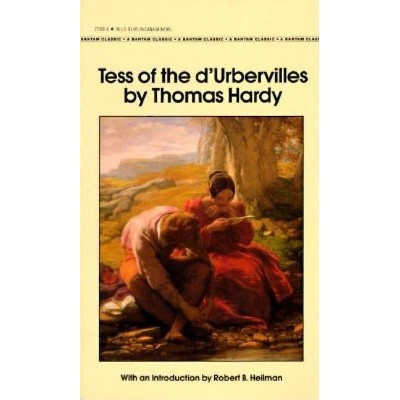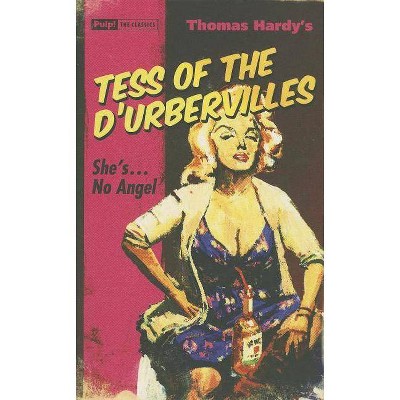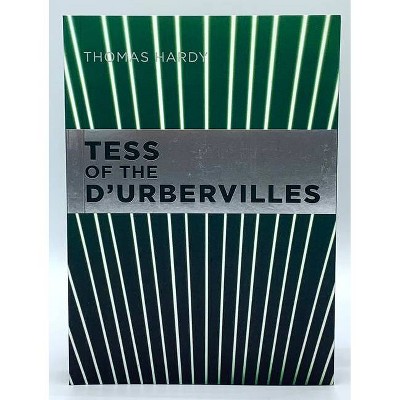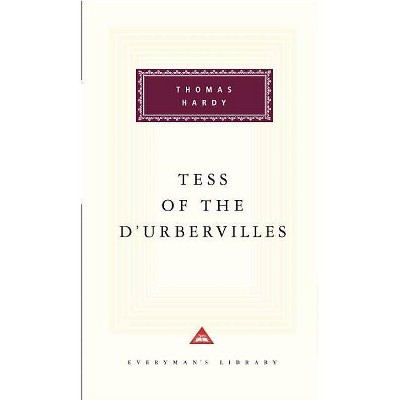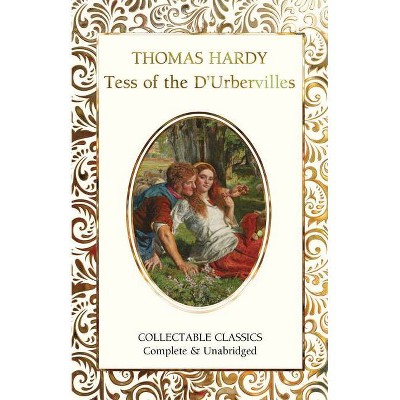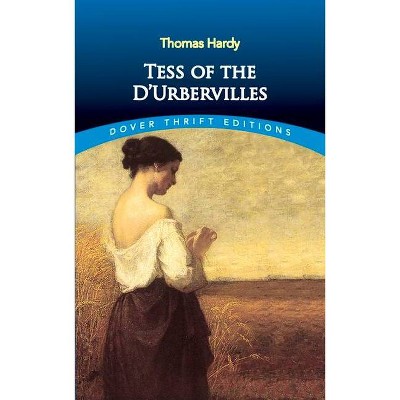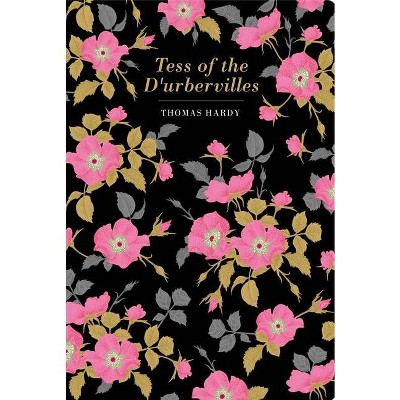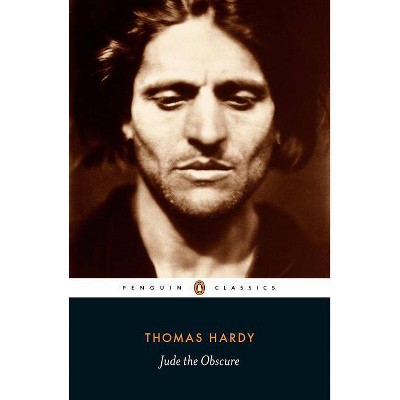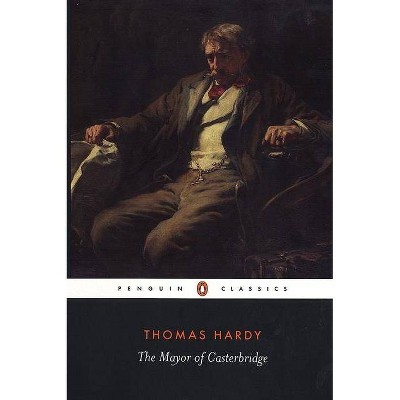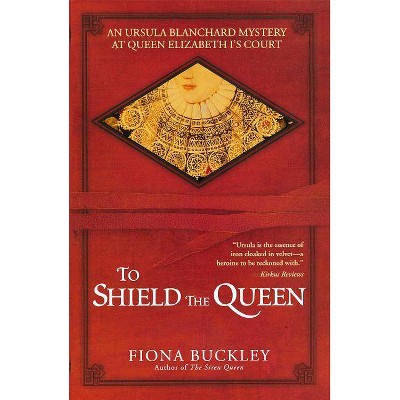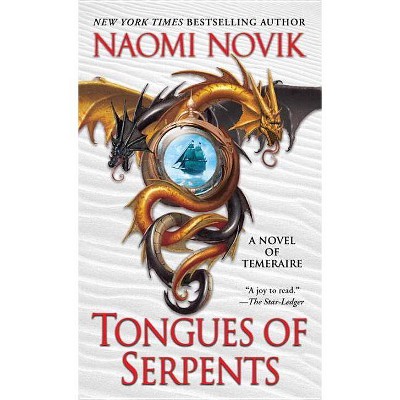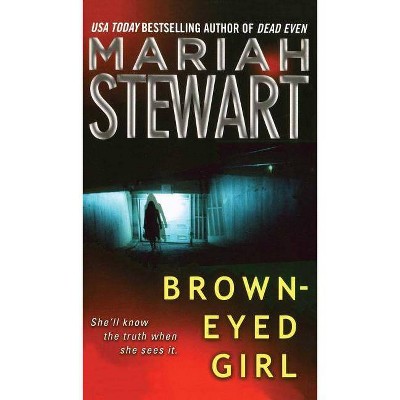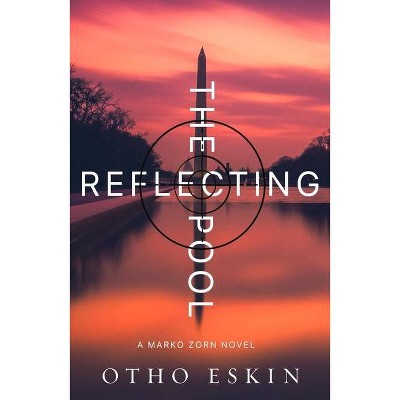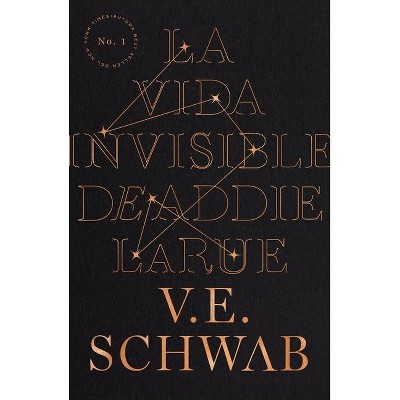Tess of the D'Urbervilles - (Penguin Classics) by Thomas Hardy (Paperback)
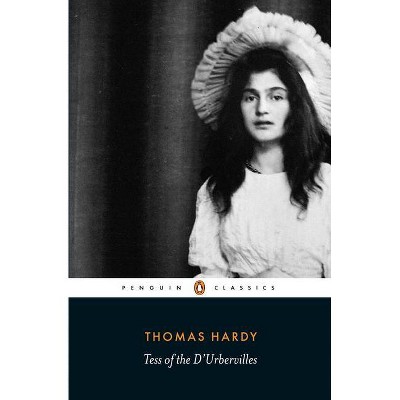
Similar Products
Products of same category from the store
AllProduct info
<p/><br></br><p><b> Book Synopsis </b></p></br></br><b>A heartbreaking portrayal of a woman faced by an impossible choice in the pursuit of happiness </b> <p/>When Tess Durbeyfield is driven by family poverty to claim kinship with the wealthy D'Urbervilles and seek a portion of their family fortune, meeting her 'cousin' Alec proves to be her downfall. A very different man, Angel Clare, seems to offer her love and salvation, but Tess must choose whether to reveal her past or remain silent in the hope of a peaceful future. With its sensitive depiction of the wronged Tess and powerful criticism of social convention, Tess of the D'Urbervilles, subtitled A Pure Woman, is one of the most moving and poetic of Hardy's novels. <p/> Based on the three-volume first edition that shocked readers when first published in 1891, this edition includes as appendices: Hardy's Prefaces, the Landscapes of Tess, episodes originally censored from the Graphic periodical version, and a selection of the Graphic illustrations. <p/>For more than seventy years, Penguin has been the leading publisher of classic literature in the English-speaking world. With more than 1,700 titles, Penguin Classics represents a global bookshelf of the best works throughout history and across genres and disciplines. Readers trust the series to provide authoritative texts enhanced by introductions and notes by distinguished scholars and contemporary authors, as well as up-to-date translations by award-winning translators.<p/><br></br><p><b> Review Quotes </b></p></br></br><br>"[<i>Tess of the D'Urbervilles</i> is] Hardy's finest, most complex and most notorious novel . . . The novel is not a mere plea for compassion for the eternal victim, though that is the banner it flies. It also involves a profound questioning of contemporary morality." -from the Introduction by Patricia Ingham<br><p/><br></br><p><b> About the Author </b></p></br></br><b>Thomas Hardy</b> (1840-1928) immortalized the site of his birth--Egdon Heath, in Dorset, near Dorchester--in his writing. Delicate as a child, he was taught at home by his mother before he attended grammar school. At sixteen, Hardy was apprenticed to an architect, and for many years, architecture was his profession; in his spare time, he pursued his first and last literary love, poetry. Finally convinced that he could earn his living as an author, he retired from architecture, married, and devoted himself to writing. An extremely productive novelist, Hardy published an important book every year or two. In 1896, disturbed by the public outcry over the unconventional subjects of his two greatest novels--<b>Tess of the D'Urbervilles</b> and <b>Jude the Obscure</b>--he announced that he was giving up fiction and afterward produced only poetry. In later years, he received many honors. He was buried in Poet's Corner, in Westminster Abbey. It was as a poet that he wished to be remembered, but today critics regard his novels as his most memorable contribution to English literature for their psychological insight, decisive delineation of character, and profound presentation of tragedy.<br><b><br>Tim Dolin</b> teaches English at the University of Newcastle, New South Wales. <p/><b>Margaret R. Higonnet</b> teaches English and Comparative Literature at the University of Connecticut.
Price History
Price Archive shows prices from various stores, lets you see history and find the cheapest. There is no actual sale on the website. For all support, inquiry and suggestion messages communication@pricearchive.us
